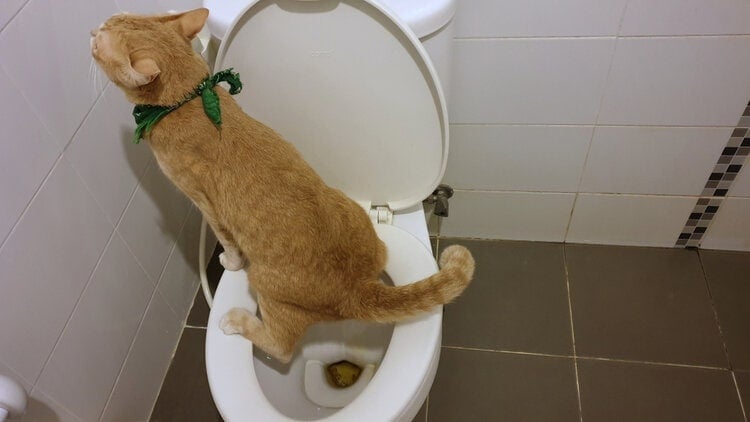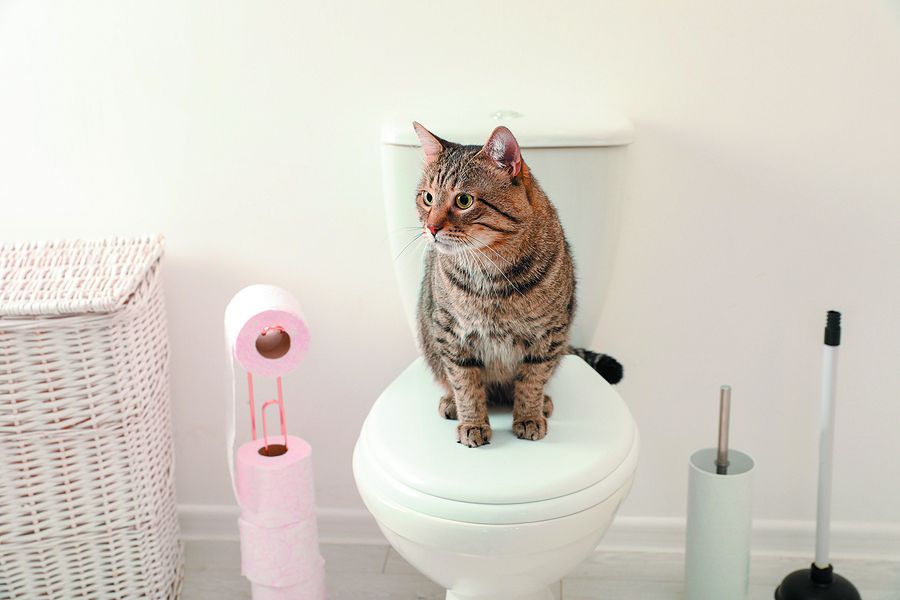Just how do you feel in regards to How to Dispose of Cat Poop and Litter Without Plastic Bags?

Intro
As pet cat proprietors, it's important to be mindful of just how we get rid of our feline close friends' waste. While it might seem hassle-free to flush cat poop down the bathroom, this technique can have damaging repercussions for both the atmosphere and human health.
Environmental Impact
Purging cat poop introduces unsafe pathogens and parasites into the supply of water, posturing a considerable danger to water communities. These contaminants can negatively impact aquatic life and concession water top quality.
Health and wellness Risks
Along with environmental problems, flushing feline waste can additionally pose health and wellness threats to human beings. Pet cat feces might consist of Toxoplasma gondii, a parasite that can trigger toxoplasmosis-- a potentially serious ailment, particularly for pregnant females and individuals with weakened immune systems.
Alternatives to Flushing
Luckily, there are much safer and more liable ways to dispose of feline poop. Consider the complying with choices:
1. Scoop and Dispose in Trash
The most common approach of getting rid of pet cat poop is to scoop it into an eco-friendly bag and throw it in the garbage. Be sure to use a dedicated litter scoop and take care of the waste without delay.
2. Use Biodegradable Litter
Go with eco-friendly pet cat litter made from products such as corn or wheat. These clutters are eco-friendly and can be safely dealt with in the garbage.
3. Bury in the Yard
If you have a backyard, take into consideration hiding feline waste in a marked area far from vegetable yards and water sources. Make sure to dig deep adequate to prevent contamination of groundwater.
4. Set Up a Pet Waste Disposal System
Purchase a pet dog waste disposal system especially made for feline waste. These systems make use of enzymes to break down the waste, reducing odor and ecological impact.
Conclusion
Liable pet possession expands beyond providing food and sanctuary-- it additionally includes correct waste monitoring. By avoiding flushing pet cat poop down the toilet and choosing different disposal techniques, we can lessen our environmental footprint and shield human health.
Why Can’t I Flush Cat Poop?
It Spreads a Parasite
Cats are frequently infected with a parasite called toxoplasma gondii. The parasite causes an infection called toxoplasmosis. It is usually harmless to cats. The parasite only uses cat poop as a host for its eggs. Otherwise, the cat’s immune system usually keeps the infection at low enough levels to maintain its own health. But it does not stop the develop of eggs. These eggs are tiny and surprisingly tough. They may survive for a year before they begin to grow. But that’s the problem.
Our wastewater system is not designed to deal with toxoplasmosis eggs. Instead, most eggs will flush from your toilet into sewers and wastewater management plants. After the sewage is treated for many other harmful things in it, it is typically released into local rivers, lakes, or oceans. Here, the toxoplasmosis eggs can find new hosts, including starfish, crabs, otters, and many other wildlife. For many, this is a significant risk to their health. Toxoplasmosis can also end up infecting water sources that are important for agriculture, which means our deer, pigs, and sheep can get infected too.
Is There Risk to Humans?
There can be a risk to human life from flushing cat poop down the toilet. If you do so, the parasites from your cat’s poop can end up in shellfish, game animals, or livestock. If this meat is then served raw or undercooked, the people who eat it can get sick.
In fact, according to the CDC, 40 million people in the United States are infected with toxoplasma gondii. They get it from exposure to infected seafood, or from some kind of cat poop contamination, like drinking from a stream that is contaminated or touching anything that has come into contact with cat poop. That includes just cleaning a cat litter box.
Most people who get infected with these parasites will not develop any symptoms. However, for pregnant women or for those with compromised immune systems, the parasite can cause severe health problems.
How to Handle Cat Poop
The best way to handle cat poop is actually to clean the box more often. The eggs that the parasite sheds will not become active until one to five days after the cat poops. That means that if you clean daily, you’re much less likely to come into direct contact with infectious eggs.
That said, always dispose of cat poop in the garbage and not down the toilet. Wash your hands before and after you clean the litter box, and bring the bag of poop right outside to your garbage bins.
https://trenchlesssolutionsusa.com/why-cant-i-flush-cat-poop/

I came across that entry on Don’t flush cat feces down the toilet while perusing the web. Do you know about another person who is fascinated by Can You Flush Cat Poo or Litter Down the Toilet?? Please feel free to share it. Many thanks for going through it.
Click
Comments on “Avoid Toilet Disasters: Don't Flush Cat Poop Down Your Toilet - Professional Advice”